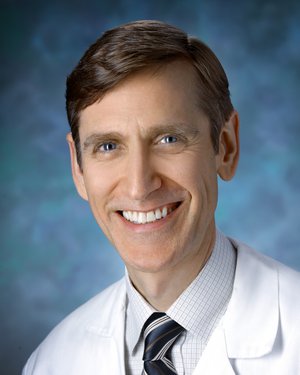Research Lab Results
-
Vestibular Neurophysiology Laboratory
The mission of the laboratory of vestibular neurophysiology is to advance the understanding of how the body perceives head motion and maintains balance - a complex and vital function of everyday life. Although much is known about the vestibular part of the inner ear, key aspects of how the vestibular receptors perceive, process and report essential information are still mysterious. Increasing our understanding of this process will have tremendous impact on quality of life of patients with vestibular disorders, who often suffer terrible discomfort from dizziness and vertigo. The laboratory group's basic science research focuses on the vestibulo-ocular reflexes - the reflexes that move the eyes in response to motions of the head. They do this by studying the vestibular sensors and nerve cells that provide input to the reflexes; by studying eye movements in humans and animals with different vestibular disorders, by studying effects of electrical stimulation of vestibular sensors, and by using mathematical models to describe these reflexes. Researchers are particularly interested in abnormalities of the brain's inability to compensate for vestibular disorders. -
Carey Research Group
John Carey’s Research Group conducts research regarding diseases of the inner ear that affect both balance and hearing mechanisms. Key interests include superior semicircular canal dehiscence syndrome (SCDS), the normal vestibular reflexes and how they change with age, novel intratympanic treatments (i.e., middle ear injections) for conditions like Menière’s disease and sudden hearing loss, and the mechanisms of vestibular migraine. With Lloyd Minor, Dr. Carey helped develop the operation to repair the superior canal in patients with SCDS using image-guided surgery. Dr. Carey has been funded by the National Institutes of Health – National Institute on Deafness and Other Communication Disorders to study inner ear balance function in Menière’s disease and steroid treatment of sudden hearing loss.
